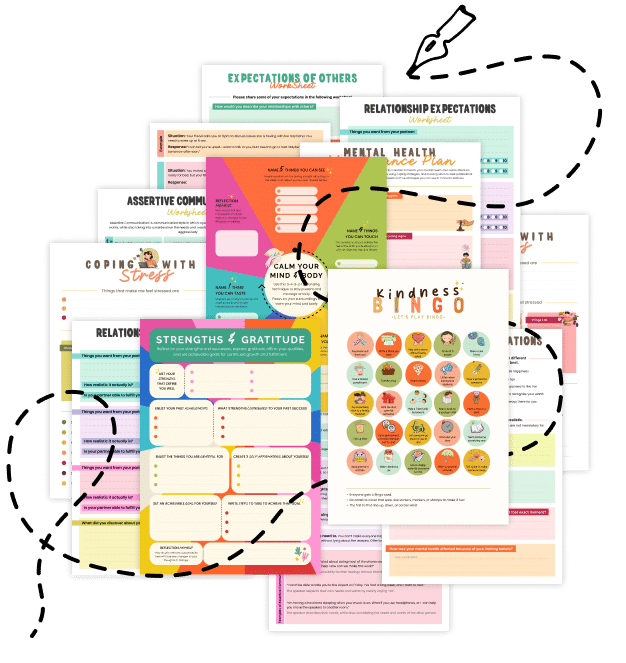20 Things About Saccadic Eye Movement Training
Discover how Saccadic Eye Movement Training can improve reading speed, attention, and coordination. Explore 20 essential insights on how these quick eye movements function and how targeted practice can sharpen your visual and cognitive performance.
1. What Are Saccadic Eye Movements?
A saccade is a rapid, jerky movement of the eye as it shifts focus from one point to another. Saccadic Eye Movement Training involves exercises designed to refine these movements, improving reading efficiency, spatial awareness, and overall visual coordination.
2. Core Purpose
The primary goal of saccadic eye movement training is to enhance your eye’s speed and accuracy when jumping between visual targets. Better saccades mean smoother reading, improved reaction times, and clearer visual tracking.
3. Everyday Applications
- Reading and Studying: More fluid eye movements reduce fatigue and boost comprehension.
- Sports and Gaming: Quick eye shifts aid in tracking a moving ball or swiftly scanning the field.
- Driving: Accurate saccades enhance situational awareness, especially for scanning mirrors or gauges.
4. Role in Reading Efficiency
While reading, your eyes perform saccades to move from one word or group of words to the next. By reducing unnecessary eye jumps, saccadic training helps you cover text more smoothly and quickly.
5. The Brain’s Coordination
Saccades involve not just the eyes, but also the superior colliculus and other brain regions that control motor planning. Effective training can reinforce these neural connections, leading to more precise control.
6. Connection to Attention and Focus
Saccadic movements tie closely to attention. When your eyes skip or miss words, your brain struggles to process the text. Training encourages deliberate, accurate eye positioning to maintain focus and avoid confusion.
7. Tracking vs. Saccades
Tracking movements are slow and follow a moving target, while saccades are rapid jumps between stationary points. Both are essential but rely on distinct muscle and neural mechanisms.
8. Common Saccadic Exercises
- Line Tracking: Moving a pen across a line while the eyes follow in small, quick jumps.
- Target Switching: Shifting gaze between two or more fixed points at varying distances.
- Letter Jump: Reading or scanning text with deliberate focus on each line break or word group.
9. Starting Simple
Beginners should start with slower, larger movements. As coordination improves, incorporate smaller, more precise targets. This stepwise approach prevents frustration and injury, building confidence over time.
10. Tools and Software
Specialized apps and software can gamify saccadic training. They present targets that appear and disappear quickly, prompting your eyes to jump accurately to each new location.
11. Relevance for Dyslexia and Vision Therapy
Some vision therapy programs use saccadic exercises to help individuals with dyslexia or reading difficulties. By honing eye movement control, readers may experience greater comfort and reduced strain.
12. Sports Performance Edge
In sports, the ability to quickly switch gaze is vital—like tracking a fast-moving tennis ball. Saccadic training can help players react faster, improving performance under pressure.
13. Minimizing Eye Strain
Efficient saccades reduce the number of fixations and re-fixations needed. This can lower eye fatigue, especially during extended screen use or intense reading sessions.
14. Combining Techniques
For maximum benefit, pair saccadic training with peripheral vision exercises or color/shape recognition tasks. This multidimensional approach challenges and refines multiple visual processes.
15. Frequency and Duration
Short, focused sessions—5 to 10 minutes daily—often suffice. Overly long or intense sessions can lead to discomfort or diminishing returns, so consistency is more important than marathon training sessions.
16. Working with an Expert
While many exercises can be done independently, an optometrist or vision therapist can tailor a program to your specific goals—be it reading fluency, sports, or recovering from a visual impairment.
17. Measuring Progress
Keep track of reading speeds, or note improvements in reaction time and eye fatigue levels. Adjust your routine based on what’s working and which skills need more reinforcement.
18. Balancing With General Eye Care
Practicing saccades doesn’t replace routine eye exams or addressing vision issues like nearsightedness or astigmatism. Good overall eye health supports the best possible saccadic performance.
19. Guarding Against Overuse
As with any muscle group, eye muscles can become strained. If you notice headaches or persistent fatigue, reduce intensity or take breaks. Proper rest is essential for recovery and lasting progress.
20. Related Topics to Explore
- Cognitive Load Theory: Balancing mental effort during reading or complex tasks.
- Active Recall vs. Passive Review: Improving memory as you refine your reading pace.
- Brain Lateralization Exercises: Complementing eye training with broader neural coordination.
- Adaptive Confidence: Building realistic self-assurance as you see reading and tracking improvements.
Quick Tips for Saccadic Eye Movement Training
- Start Big, Go Small: Begin with large, easy targets before moving to tighter, more detailed exercises.
- Short, Frequent Sessions: A few minutes daily yields better results than sporadic long sessions.
- Use Tools: Apps or custom software can motivate you with varied exercises and score tracking.
- Track Progress: Note improvements in reading fluency or reaction times to stay motivated.
- Listen to Your Body: Stop if you experience fatigue or headaches, and resume after a brief rest.
Saccadic Eye Movement Training offers a practical path to sharper visual coordination, enhanced reading efficiency, and improved performance in sports and daily tasks. By systematically challenging your eyes to move with precision and control, you reduce strain, boost focus, and gain valuable skills that enhance your overall quality of life.
Share this article with anyone eager to refine their reading speed, ace their next game, or simply keep their visual skills in top form. With a thoughtful approach and regular practice, saccadic training can open your eyes to a clearer, more confident world!

